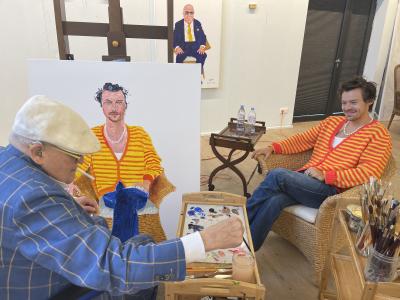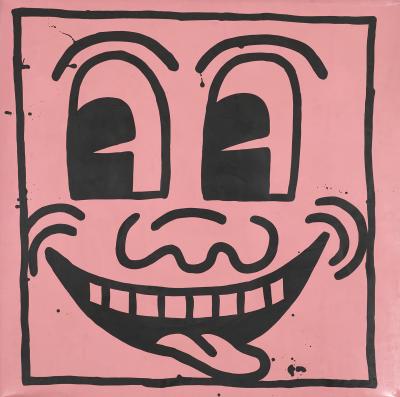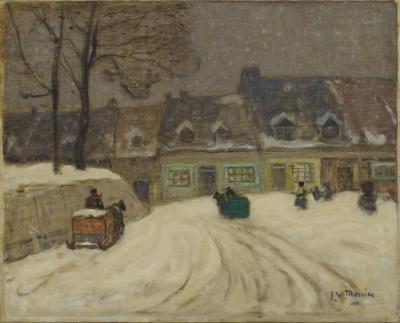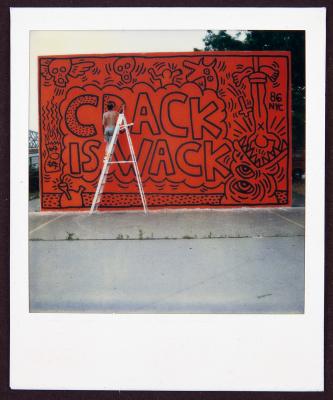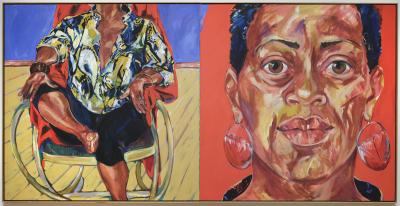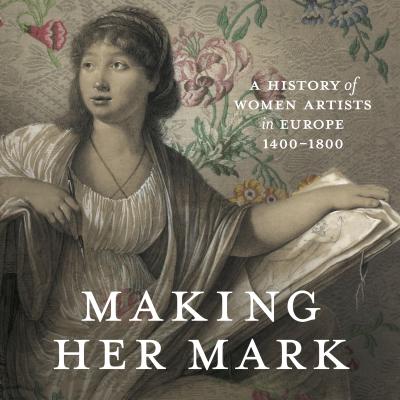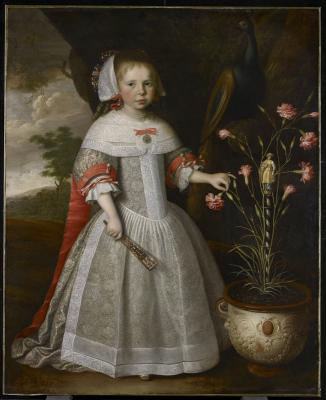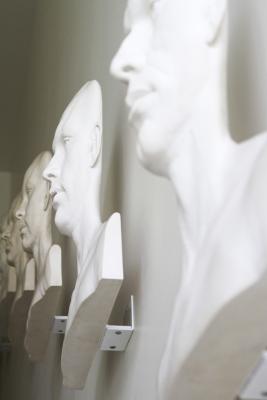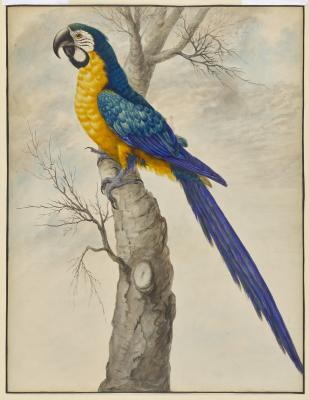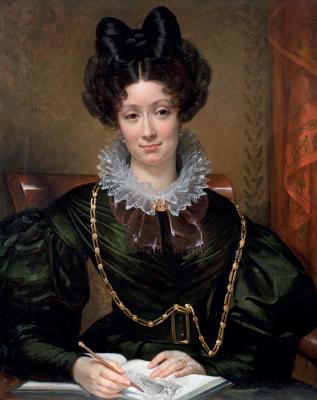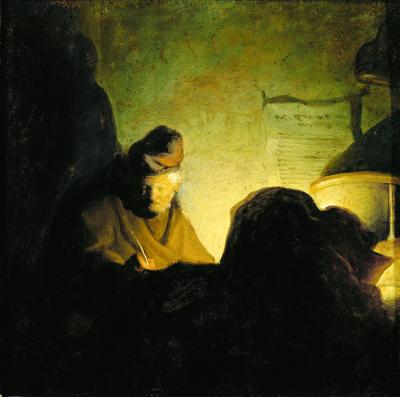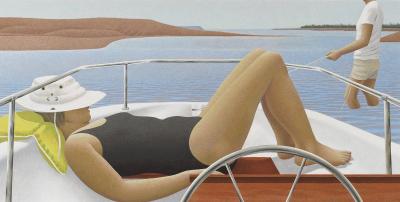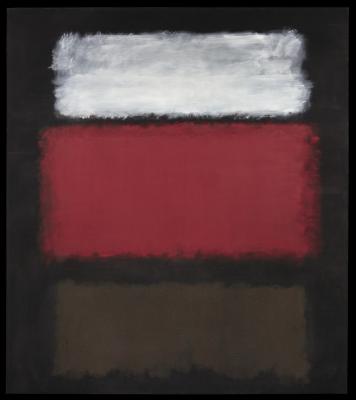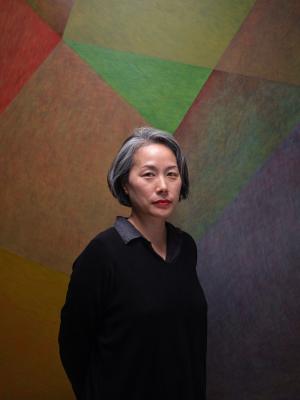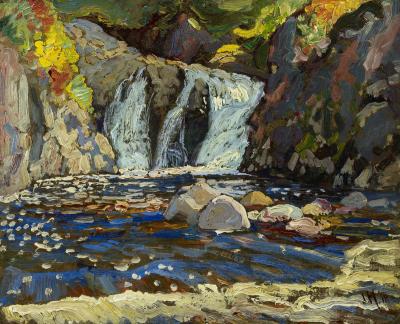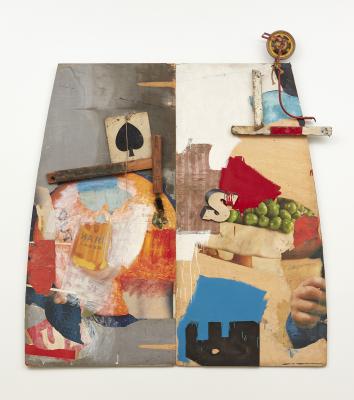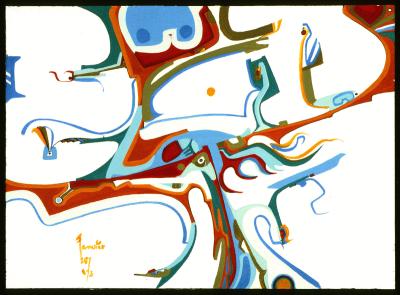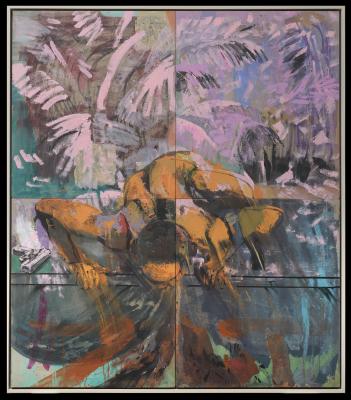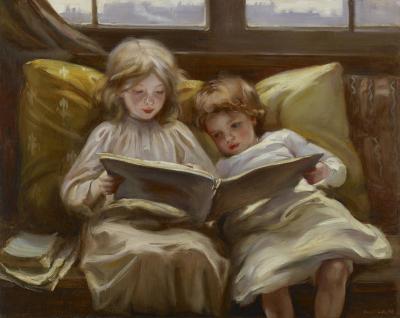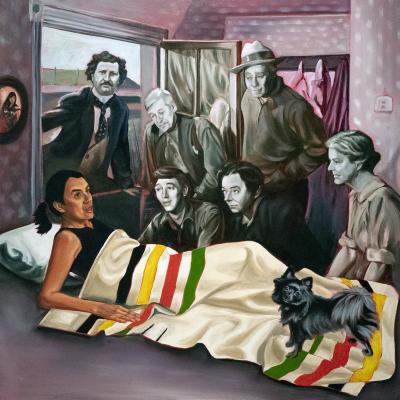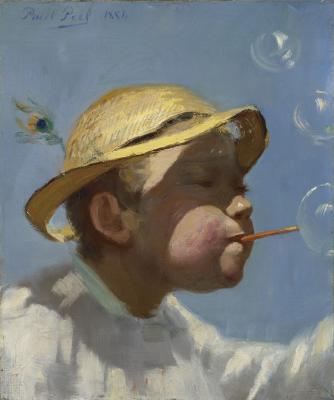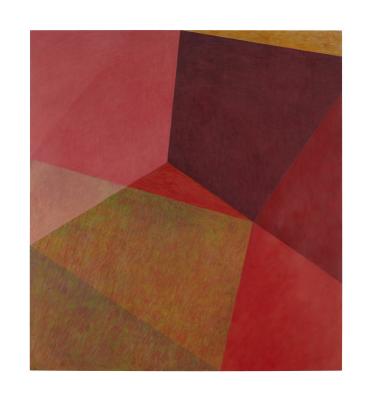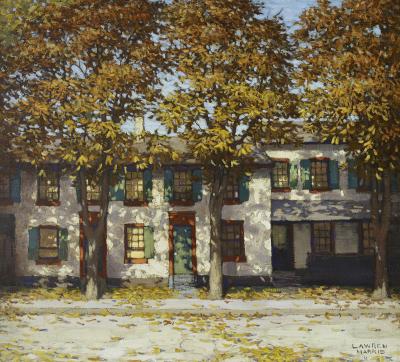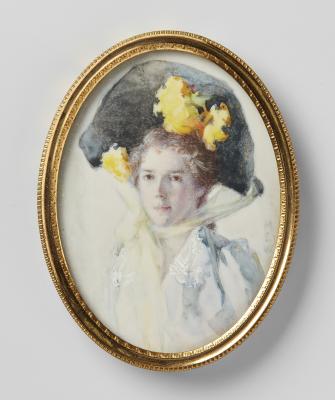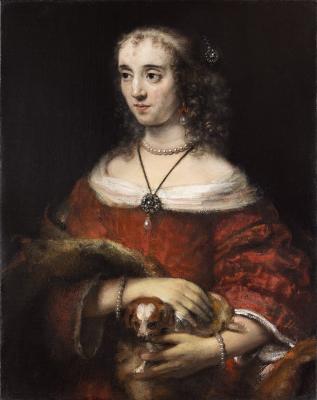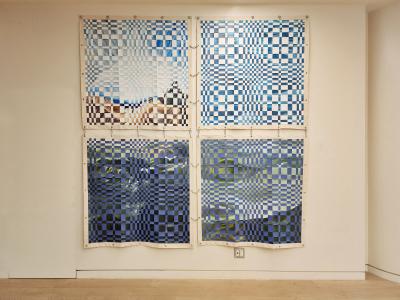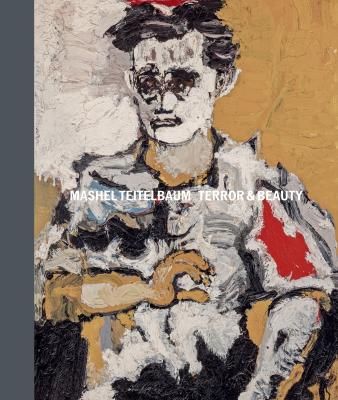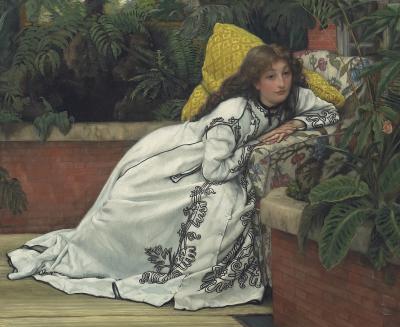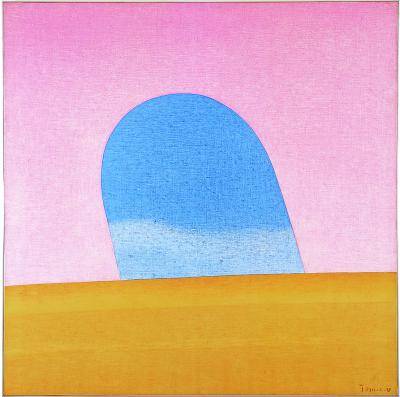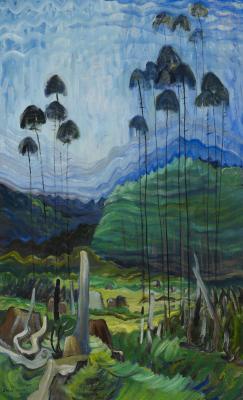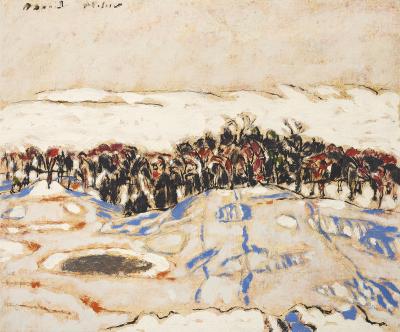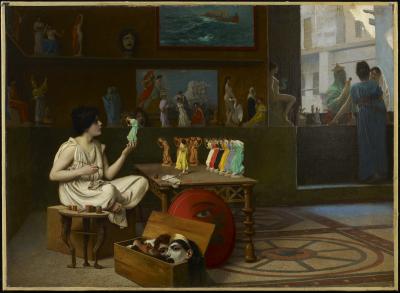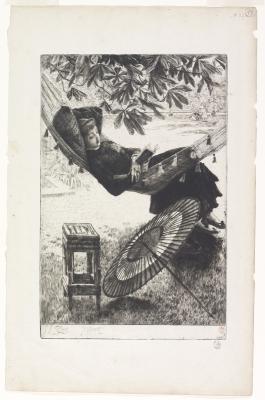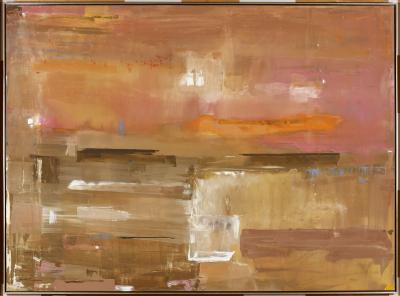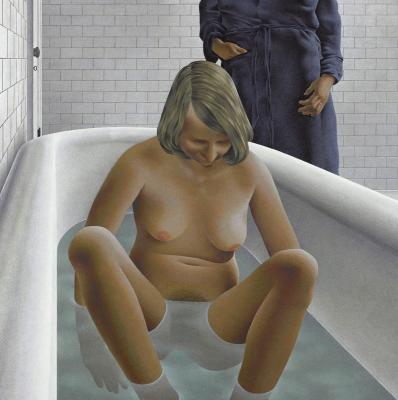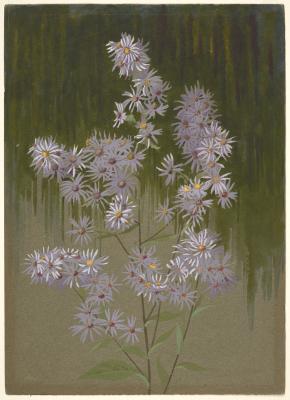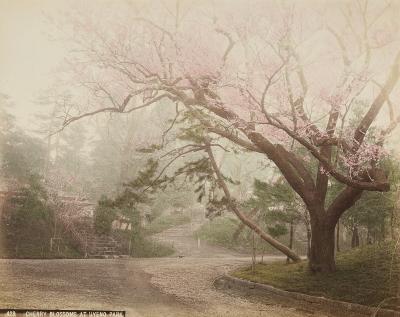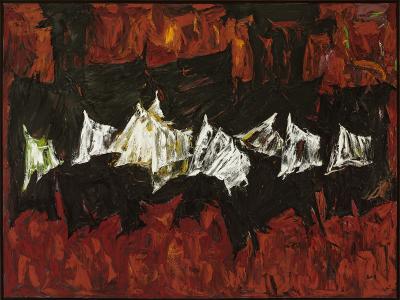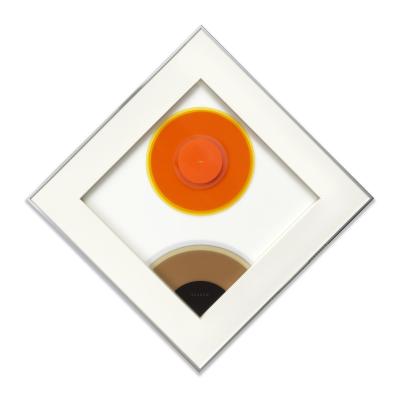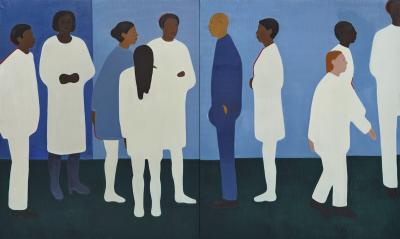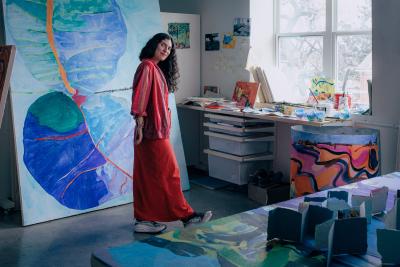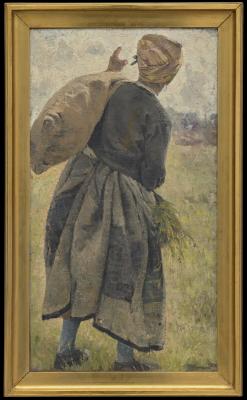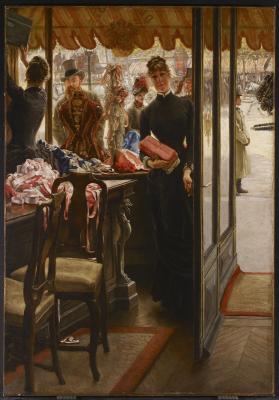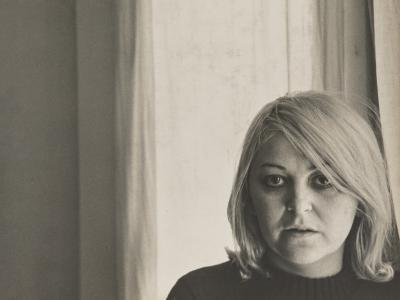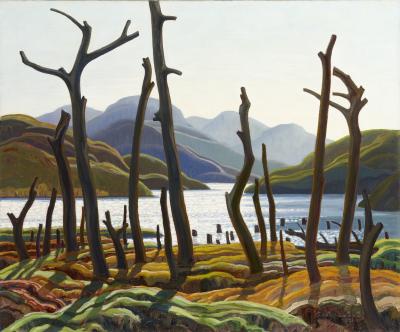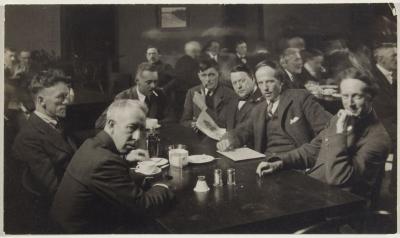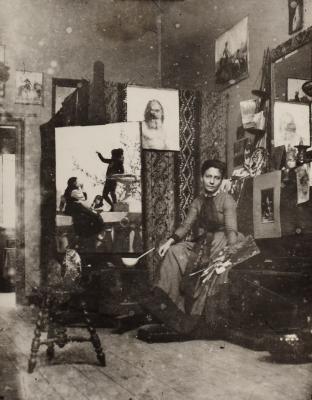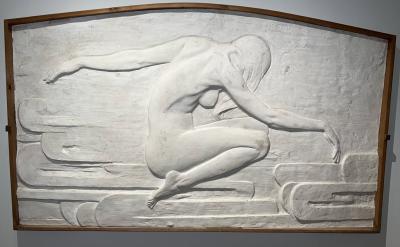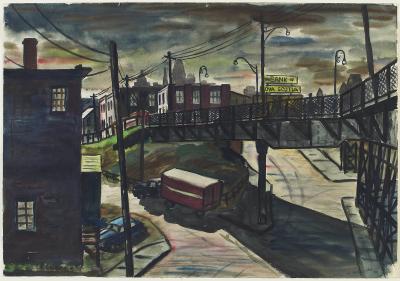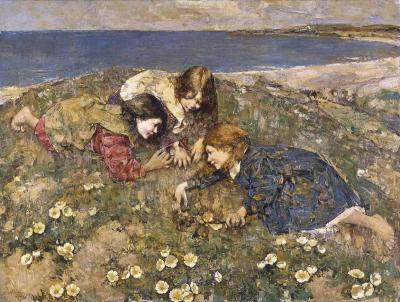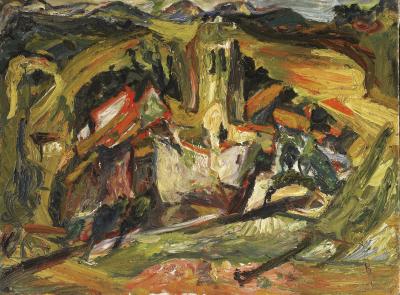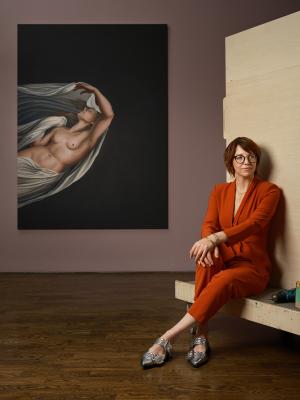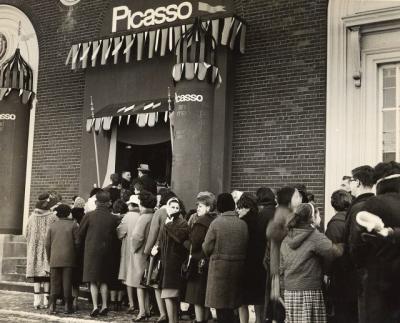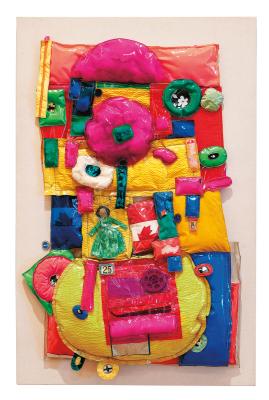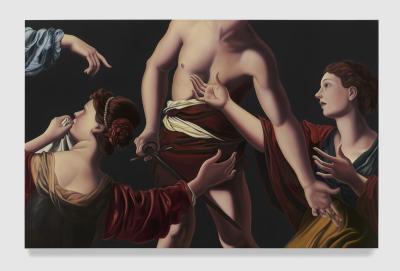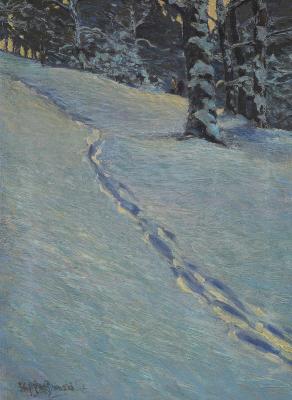The life and times of Cassatt and McNicoll
Track the life narratives of Cassatt and McNicoll – two outstanding Impressionist painters.
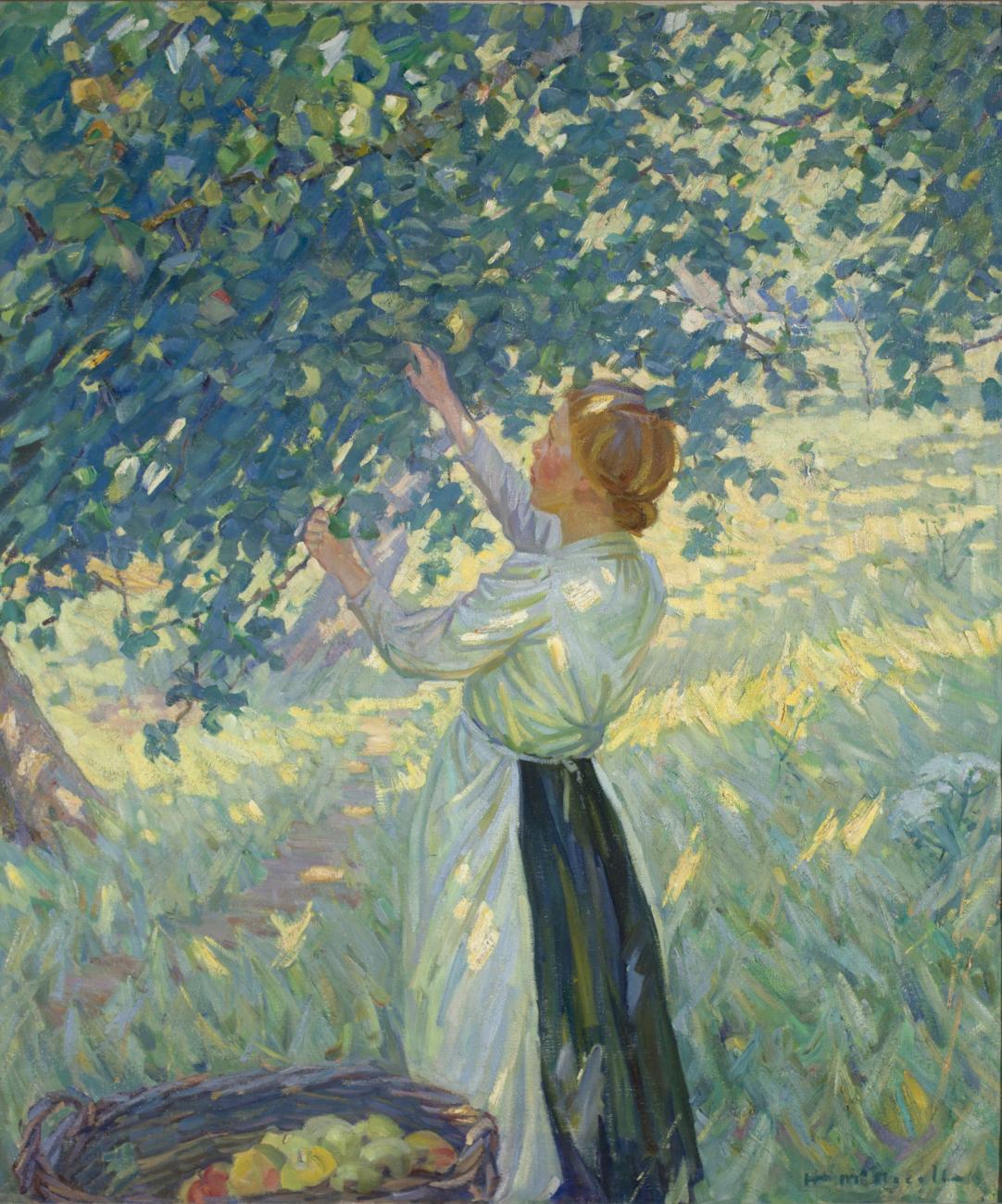
Helen Galloway McNicoll, The Apple Gatherer, c. 1911. Oil on canvas, 106.8 × 92.2 cm. Art Gallery of Hamilton. Gift of G.C.Mutch, Esq., in memory of his mother, Annie Elizabeth Mutch, 1957. 57.87.O.Photo: Bob McNair, 2014
For the first time ever, works of the two influential Impressionists, American Mary Cassatt (1844-1926) and Canadian Helen McNicoll (1879-1915), have been placed side by side in a major exhibition. Cassatt – McNicoll: Impressionists Between Worlds draws upon the AGO’s significant collection of McNicoll works while introducing audiences to Cassatt’s paintings – which have never before been seen on this scale in Canada.
Though separated by a generation, both Cassatt and McNicoll played a significant role in popularizing Impressionism among North American audiences, and expanding the scope of career possibility for women painters of their era. Motivated by ambitions to pursue art professionally, they both travelled across the Atlantic as young women, relocating in Europe where their respective careers blossomed. Below, take a closer look at each of their journeys.
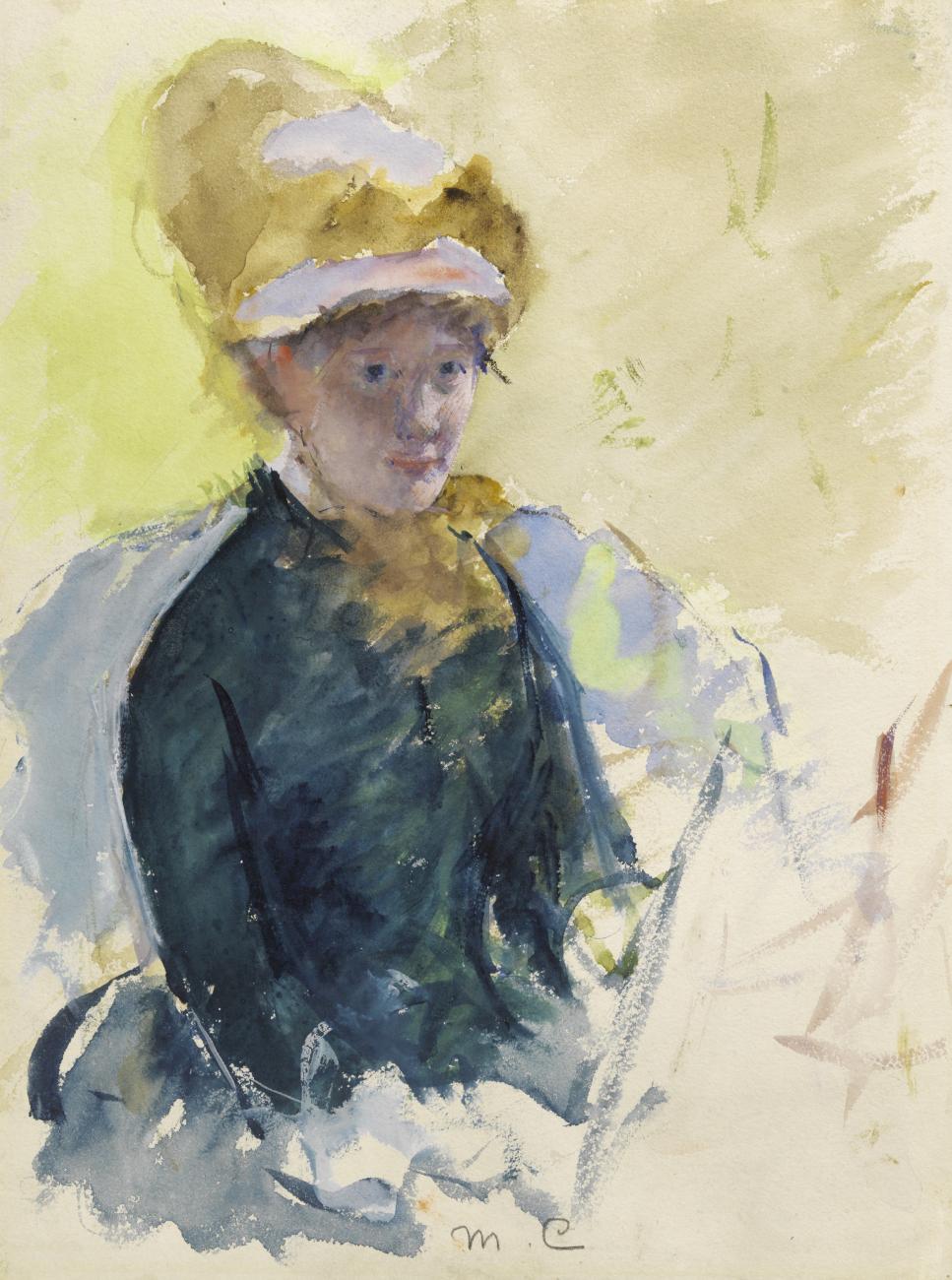
Mary Cassatt, Mary Cassatt Self-Portrait, around 1880. Gouche and watercolour over graphite on paper. National Portrait Gallery, Smithsonian Institution. NPG.76.33.
Mary Cassatt (1844-1926)
Born May 22, 1844 outside Pittsburgh, Pennsylvania, to a wealthy family, Mary Cassatt enjoyed the privilege of travelling to France and Germany as a young child. Just before her sixteenth birthday, she enrolled in the Pennsylvania Academy of the Fine Arts – a school that was progressive at the time for admitting many women. Five years later she bid farewell to the United States and embarked on a voyage to Paris, where she would eventually relocate. Cassatt spent time studying works at the Louvre and travelling and painting throughout rural France.
After returning home for a brief period in 1870 due to the Franco-Prussian War, Cassatt travelled back to Europe and eventually settled in Paris permanently in 1874. In 1879, she exhibited a selection of paintings and pastels at the fourth Impressionist show in Paris, alongside the likes of Edgar Degas, Claude Monet and Marie Bracquemond. She began carving out a name for herself as an integral part of the original impressionist movement. During this time, her family would frequently visit her, spending extended periods in Paris.
During the early 1880’s Cassatt worked with renowned Impressionists Edgar Degas and Camille Pissarro on a publication featuring black and white etchings, though this project was never realized. In 1890 and 1891, during a period of major innovation in printmaking, she created her celebrated “Set of Ten” colour prints. Three years later, Cassatt was commissioned to paint Modern Woman – a large mural located in the Woman’s Building at the World’s Columbian Exposition in Chicago. The piece symbolized the passage of knowledge among generations of women and celebrated women’s progress. This significant commission enabled her to purchase a large estate outside of Paris where she would live and work for the rest of her life.
In 1895, Cassatt’s work appeared in a Canadian exhibition for the first time, alongside four other Impressionist paintings that were the first to be exhibited in Canada. The work – Mother and Child – was lent to the exhibition by Sir William Van Horne, president of the Canadian Pacific Railway and close friend of the McNicoll family. Cassatt’s first solo exhibition in the United States was held the same year. Later, in 1906, the first major exhibition of French Impressionism was held in Canada at the Art Association of Montreal, featuring works by Cassatt, Renoir and Monet. This marked a major turning point in the acceptance of Impressionism by Canadian audiences.
In the latter years of her life, though cataracts impeded her ability to paint, Cassatt continued to work with dealers, collectors and museums to build collections of art featuring French impressionism. In 1915 she lent a number of her paintings to an exhibition in support of the American women’s suffrage movement. Cassatt passed away on June 14, 1926 at her chateau in Mesnil-Théribus, France.
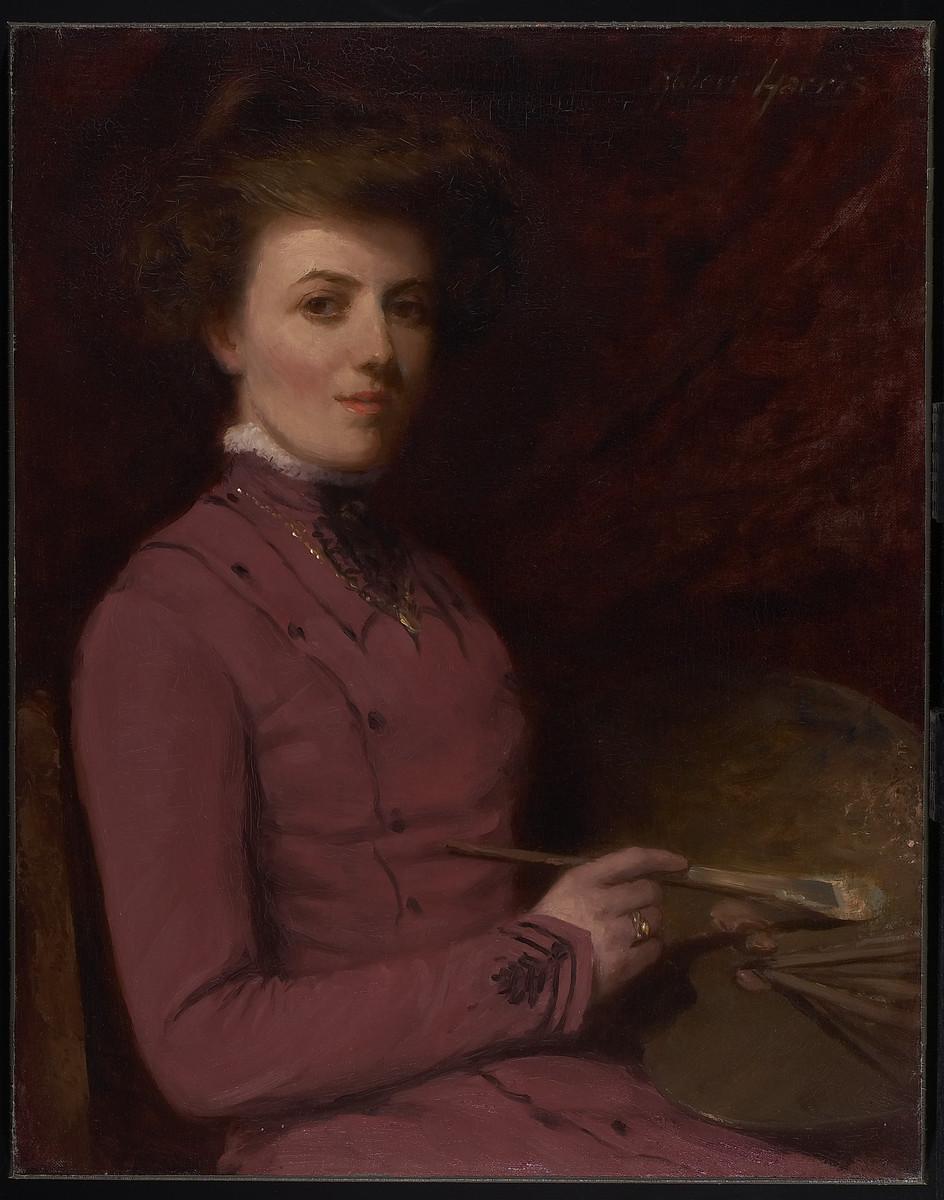
Robert Harris, Helen McNicoll, 1910. Oil on canvas. Art Gallery of Ontario. Gift of Vivian and Duncan Campbell, Toronto, 1981, 81/22. Photo: AGO.
Helen McNicoll (1879-1915)
Born December 14, 1879 in Toronto, Ontario, Helen McNicoll became deaf at age two after contracting scarlet fever. While she was a young child, her family relocated to Montreal. Due to the privilege and mobility afforded by wealth, the McNicolls made several trips to visit relatives in England, familiarizing the young artist with transatlantic voyages and European art. In 1898 at age 18, McNicoll enrolled at the Art Association of Montreal (AAM). Among her surviving sketchbooks (all in the collection of the AGO) are drawings of plaster casts and live models that she created at this time.
In 1902, McNicoll left Canada to relocate to England. She settled in the Bloomsbury area of London to study at the Slade School of Art for the next two years. Her father was the vice-president of the Canadian Pacific Railway, which allowed her to travel on their steamships at little to no cost, as often as she liked.
At the same time that she shifted her studies to the Cornish School of Landscape, Figure and Sea Painting in 1906, her works were exhibited for the first time. She sent several landscapes and one portrait, The Brown Hat, home to be shown at the AAM and the Art Gallery of Toronto (now AGO). Two years later, McNicoll would win the first ever Jessie Dow Prize for her landscape paintings at the AAM’s annual spring exhibition – solidifying her position as a highly appreciated artist. By this time she was permanently established in England, and regularly travelled to paint, including to Europe.
In 1913, the year of the Women’s Suffrage Procession in Washington D.C., McNicoll was elected as an associate member of the Royal Society of British Artists (RBA) as three of her canvases were exhibited in London. Then after exhibiting one of her most beloved paintings, Sunny September, at the RBA and later in Canada, she was elected as an Associate of the Royal Canadian Academy of Arts, the highest attainable level for a woman at that time. This accolade symbolized the widespread recognition McNicoll had gained domestically and abroad. She went on to win the Montreal Women’s Art Society annual prize that year as well.
Helen McNicoll died tragically in 1915 from complications due to diabetes at the young age of 35. The majority of her paintings were returned to her family in Montreal, and her oeuvre fell out of the public eye for a number of decades. The AGO is now home to the largest public collection of McNicoll’s paintings and drawings in the world.
Cassatt – McNicoll: Impressionists Between Worlds is on view now until September 4 in Sam and Ayala Zacks Pavillion, located on level 2 of the AGO.
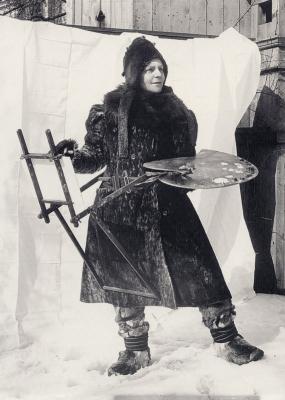
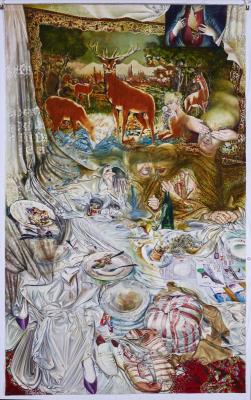
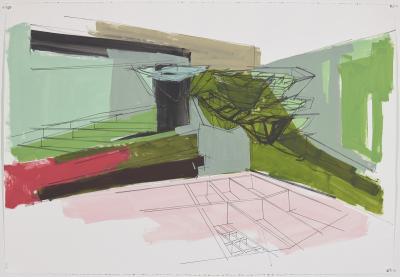
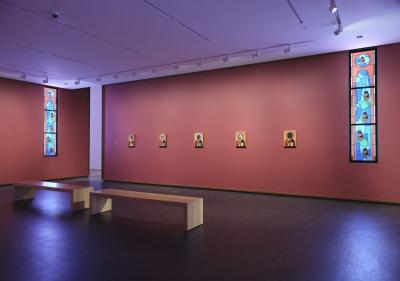
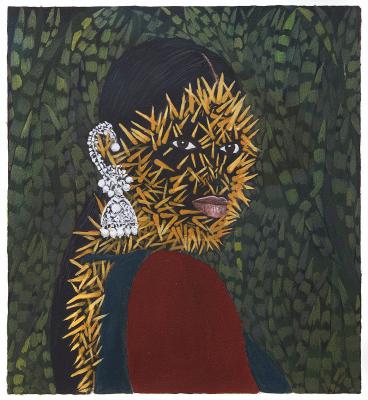
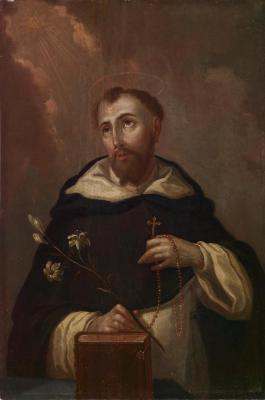
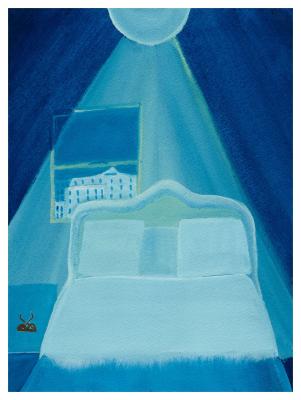
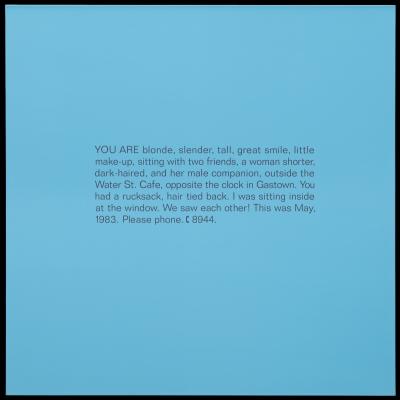
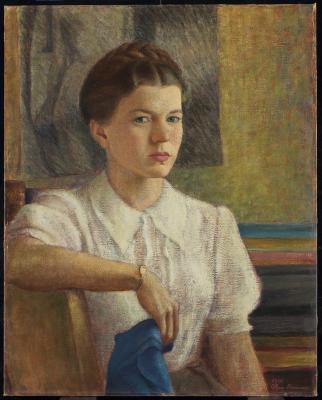
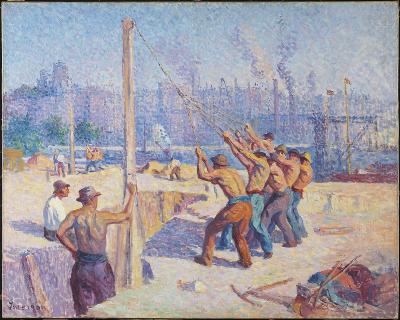
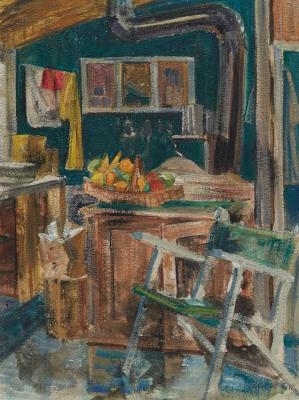
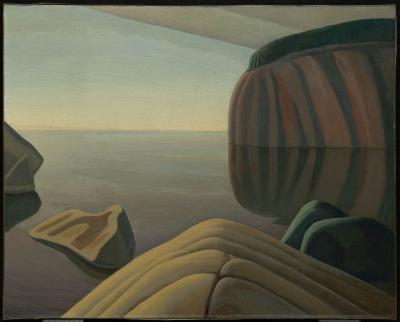
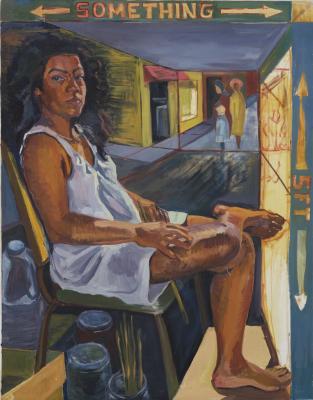
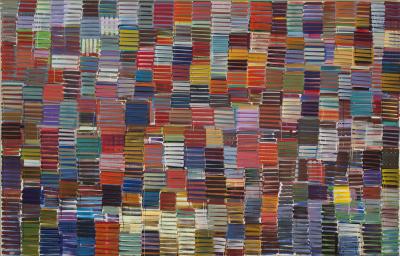
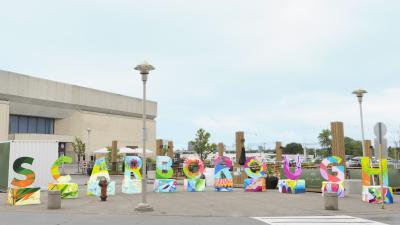
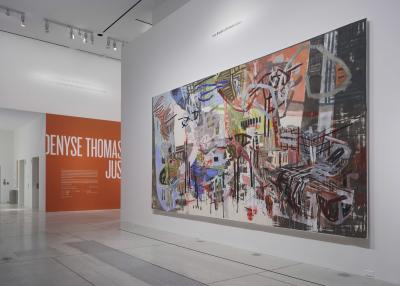
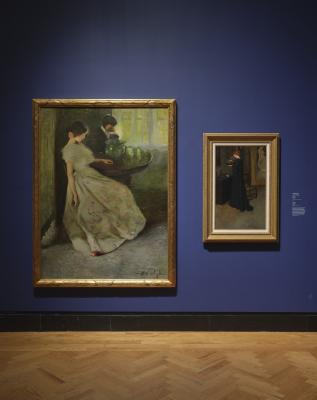
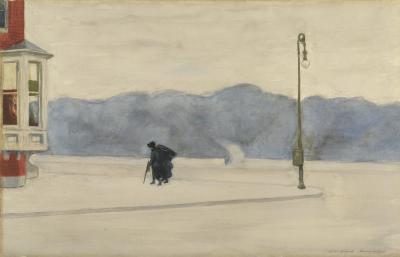
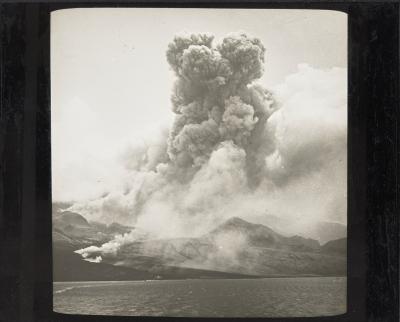
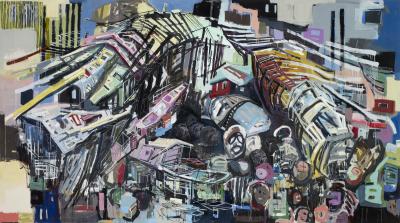
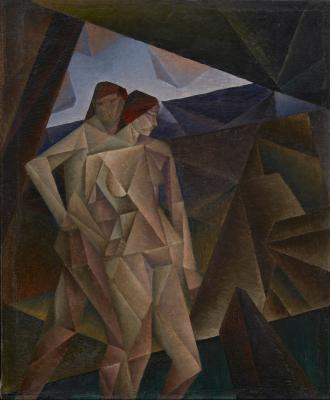
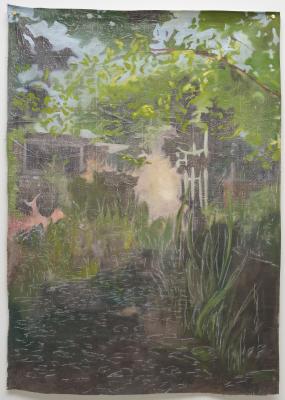
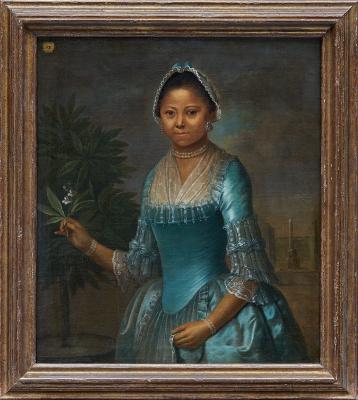
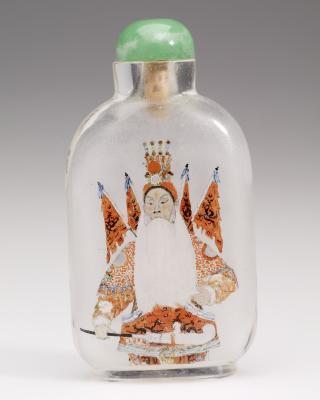
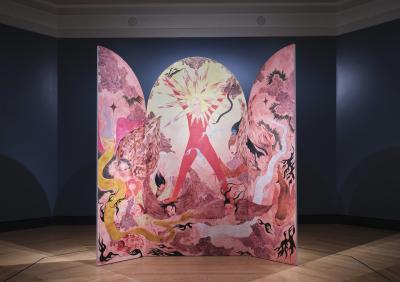
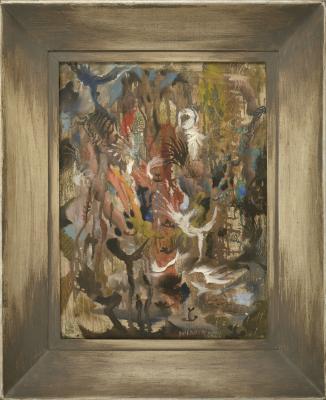
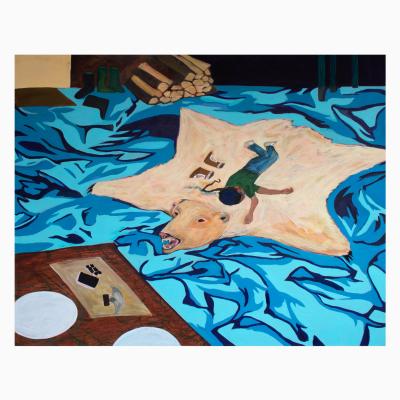
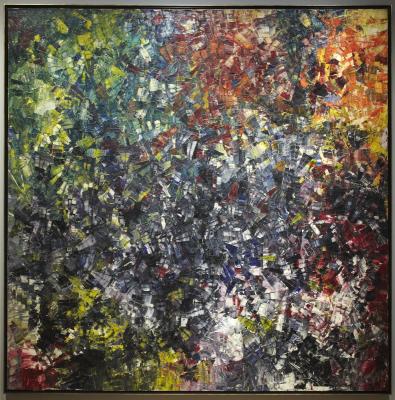
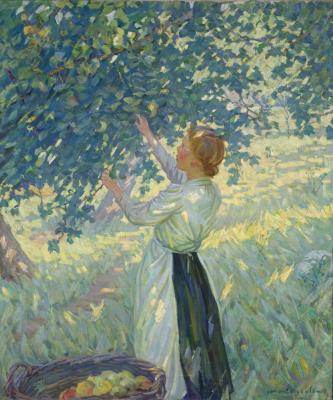
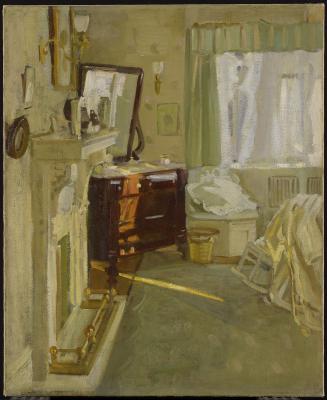

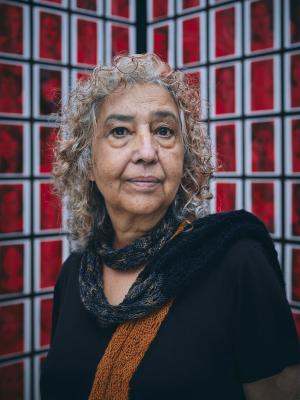
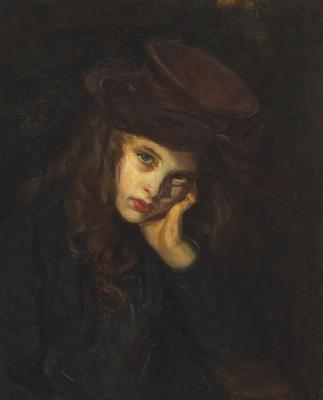
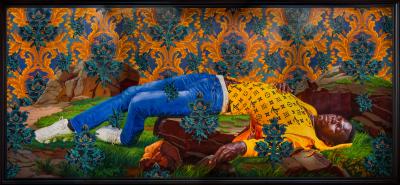
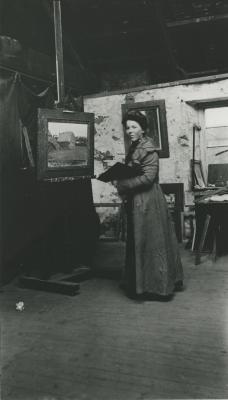
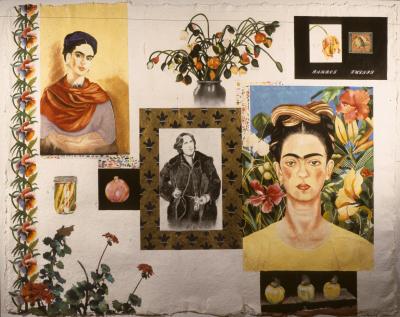
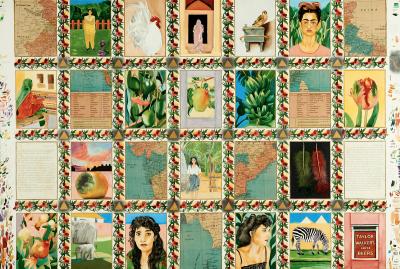
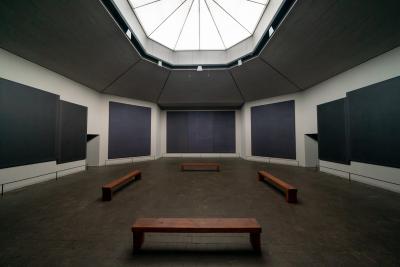
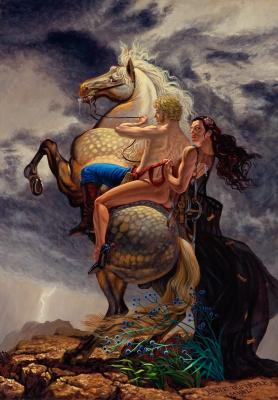
![Keith Haring in a Top Hat [Self-Portrait], (1989)](/sites/default/files/styles/image_small/public/2023-11/KHA-1626_representation_19435_original-Web%20and%20Standard%20PowerPoint.jpg?itok=MJgd2FZP)
